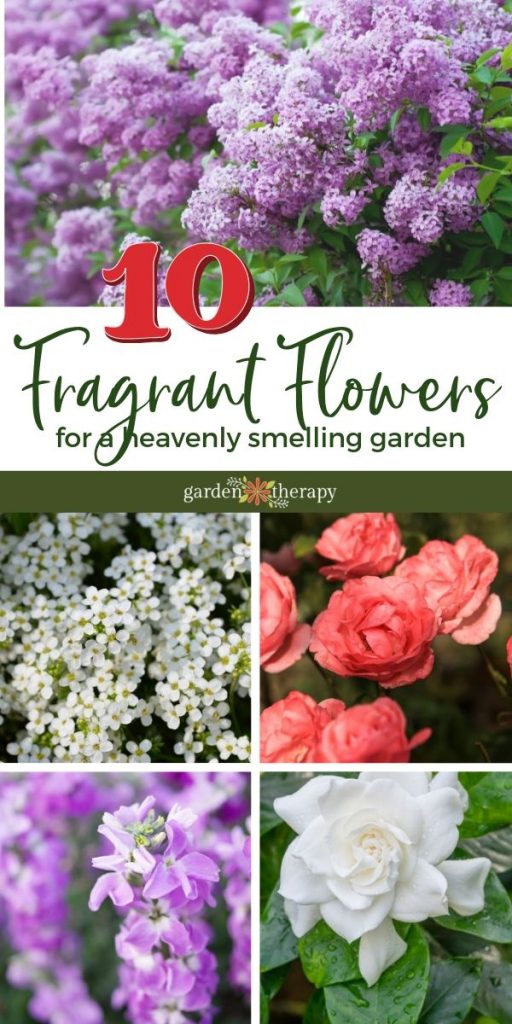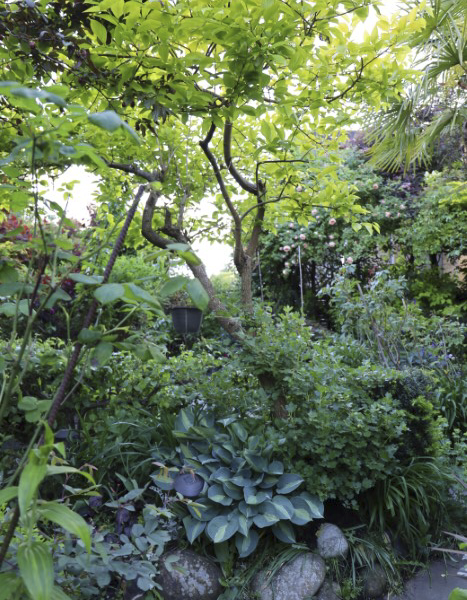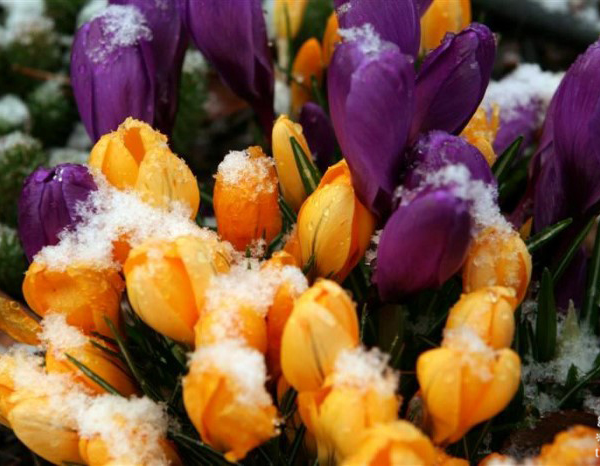The garden experience can reach all of the senses, but my favourite is the aroma. Among hosts of other pleasant garden scents, some of the first to come to mind are those of flowers. The thing is, not all flowers offer a scent. If you are gardening just for the smell of it, here are my top 22 wonderfully fragrant flowers.
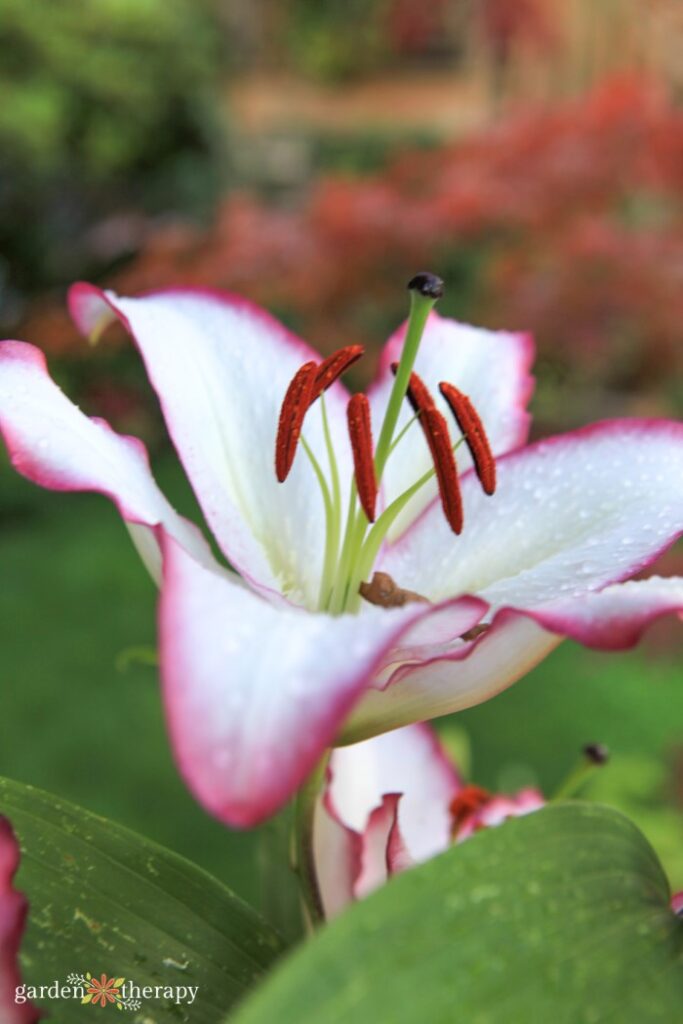
I love to watch other plant lovers interact with plants. They see a beautiful flower and pick up their step to get a closer look. They touch the leaves, possibly the petals, and then lean in for a sniff.
We enjoy the garden with all of our senses.
While we tend to lead with our eyes, we gather even more information about plants through touch, taste, sounds, and scent. That aroma that we love is there for biological reasons: to attract pollinators.
Thankfully we get a chance to enjoy their sweet sweet smell too. Especially these 22 heavenly-scented garden flowers.
In this article, we will cover:
Expert Tips for Growing Fragrant Flowers
- Avoid grouping many fragrant flowers together, or you risk a multitude of sneezing coming your way.
- Consider applying succession planting practices to your flowers. AKA stagger the bloom times so you have different flowers that smell good to last you the entire season.
- Some fragrant flowers are more than just a beauty and a fragrance. Consider plants with other beneficial and herbal uses, like lavender and rose.
- Many of these fragrant flowers are also wonderful cut flowers. Bring some inside the home to also perfume the house.
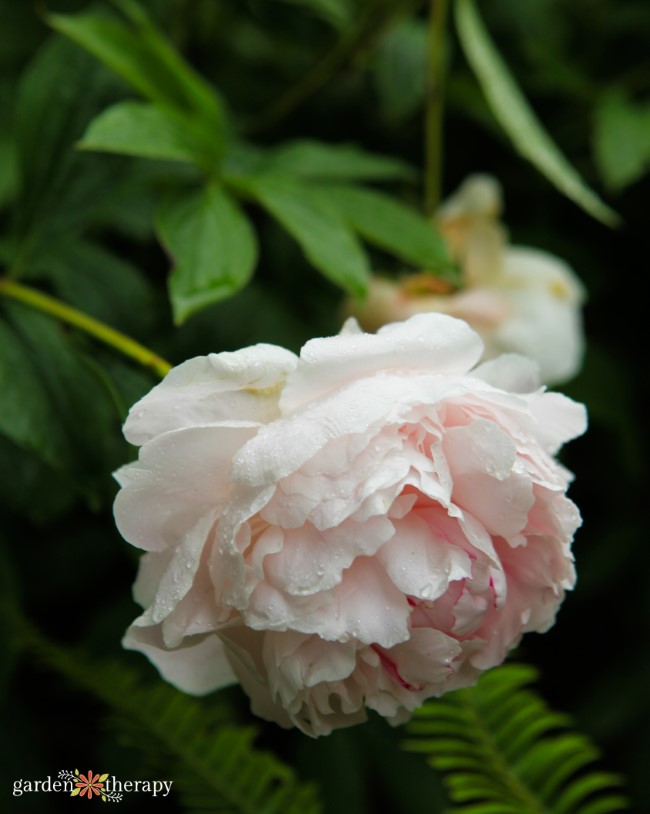
Fragrant Flowers to Add to Your Garden
Just by adding a few of these flowers that smell good, you’ll delight yet another of your senses out in the garden.
1. Heliotrope (Heliotropium)
Annual
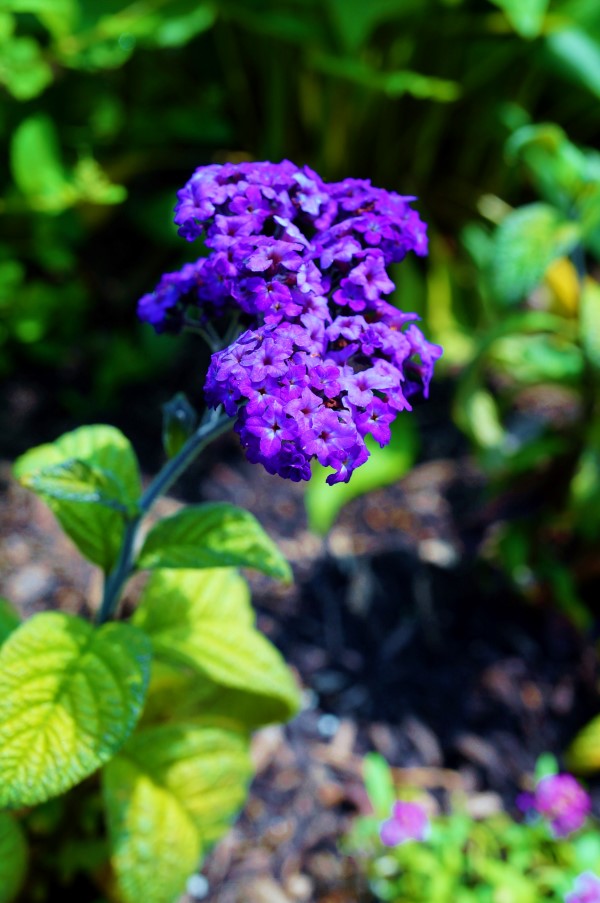
This purple beauty has an almond scent. Some even say it smells like cherry pie!
Heliotrope is an annual that prefers full sun but will tolerate afternoon shade if grown in an area with hot summers. They bloom from summer until fall and add a beautiful pop of colour and fragrance mixed in an annual garden.
2. Sweet Alyssum (Lobularia maritime)
Annual
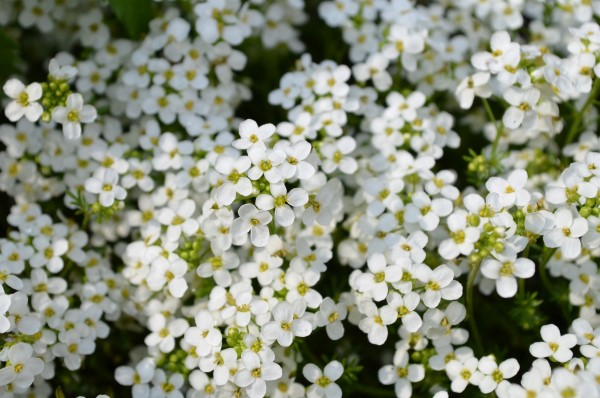
These delicate tiny flowers have a subtle, sweet scent with a hint of honey.
They are cheery plants and really do not need much to remain happy. Give them well-drained soil and a bright location, and they will reward you with a carpet of natural perfume all summer long.
3. Stock (MatthioLa Incana)
Zone 7-10
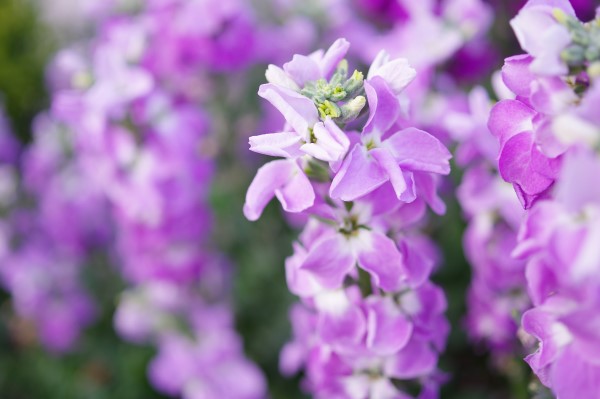
They might be a grocery store bouquet staple, but these hardy flowers have a pleasant, spicy, clove-like scent.
They hold up well as cut flowers which is why they are favourites of florists. They’re available in white, pink, purple, yellow and red.
You can grow this annual from seed in the spring to summer in a well-drained, sunny spot in your garden. They will give you plenty of continuous blooms all season long.
4. Scented Geranium (Pelargonium graveolens)
Annual
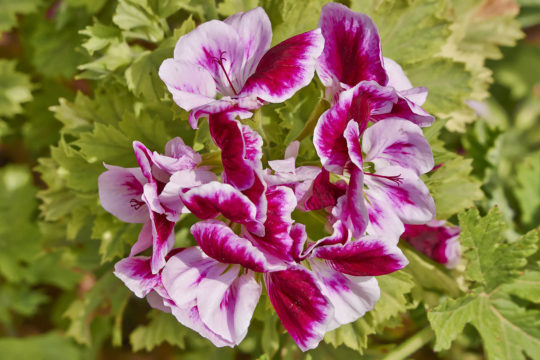
Although these beauties are known for their attractive blooms, the leaves of scented geranium give them their famous aroma.
The plants have glands at the base of their leaf hairs where the scent is formed. When you crush the leaves, the oil is released, and so is the scent.
Some say the scent (depending on the variety) smells like apricot, apple, lemon, mint, or strawberry. Scented Geranium like full sun to partial shade and bloom from late spring into summer.
5. Lavender (Lavandula spp.)
Zones 5-9
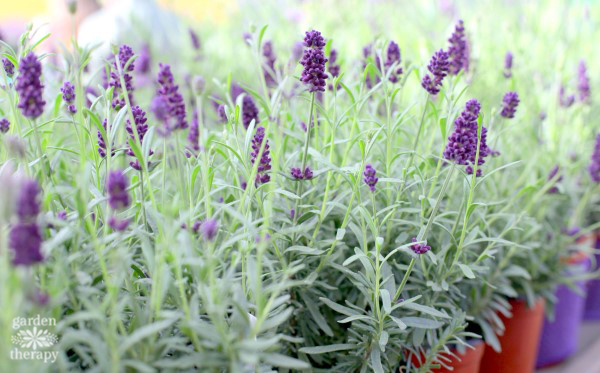
Thanks to its floral, mild scent, lavender is perhaps the most popular herb grown for its fragrant flowers. In fact, lavender is by far one of the most used scents in essential oils for its relaxing and calming properties.
Lavender’s tall purple blooms and heavenly scent make it perfect for planting along walkways or in perennial gardens. They love full sun and well-drained soil. In humid areas with poor soil drainage, plant lavender in containers.
Learn more about how to grow lavender and how to properly harvest it for the best scent possible.
6. Lily of the Valley (Convallaria majalis)
Zone 2-9
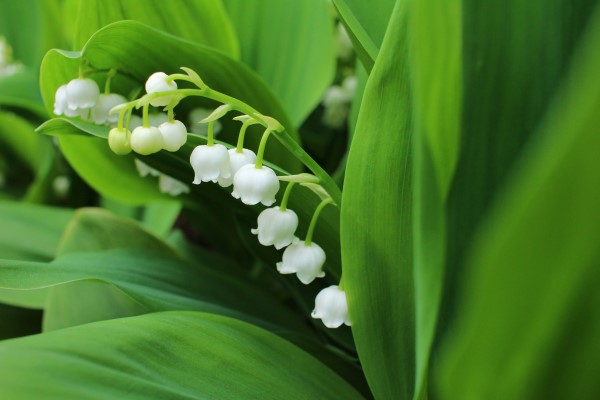
For many, these dainty bell flowers are the quintessential scent of spring. The spring bulb has a clean, sweet smell that is as delicate as its flowers.
Plant lily of the valley in late fall in partial shade and moist soil. The bulbs naturalize an area pretty easily and can be invasive, so consider that before you put them in the ground. Alternatively, they grow beautifully in containers if they receive the right light and adequate moisture.
Also, please note that lily of the valley is poisonous and should be kept out of gardens with children and pets.
7. Hyacinth (Hyacinthus)
Zone 3-9
Skip the tulips and plant hyacinths to give you beauty and fragrance. These bulbs have densely packed flowers in deep shades of blue, violet, red, white, orange, pink, or yellow. Each colour will have its own light floral scent.
Plant the bulbs in autumn in well-drained, moderately fertile soil in the sun or partial shade under a window or near a walkway. In the spring, you will be rewarded with lovely blooms with an intoxicating scent in the warm spring breeze.
8. Gardenia (Gardenia jasminoides)
Zone 8-11
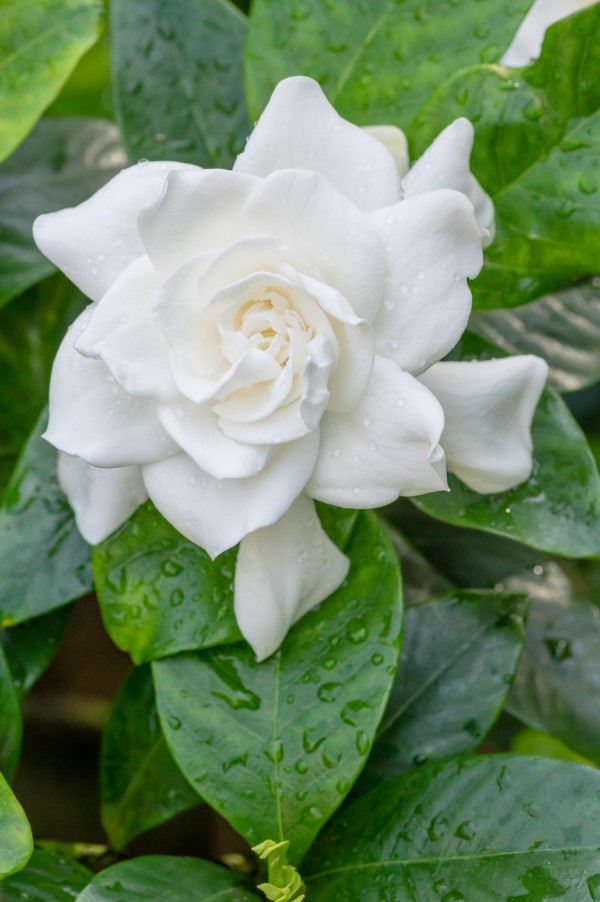
This lovely shrub is a southern favourite. I am aware that not all areas can grow these beauties outdoors since they are cold-sensitive and may not survive severe winters. However, gardenias can be grown in containers and brought indoors in winter.
Are they worth all the fuss? If you have never smelled one, I assure you that you will fall in love with its warm, spicy scent. And they are sure pretty!
Plant gardenias in partial shade if you live in zones 7-11. They also prefer moist but well-drained acidic soil with plenty of organic matter.
9. Rose (Rosa spp.)
Zone 3-11
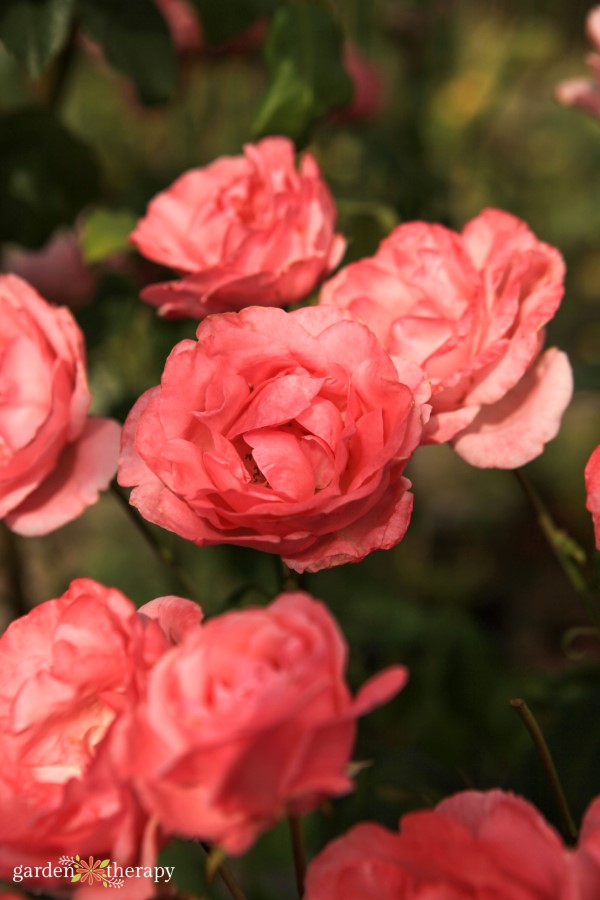
You can not have a fragrant garden without a rose!
There is a common misconception that the scent has been “bred out” of roses. While it’s true that many roses were bred for form and colour alone, there has been a resurgence in interest in scented rose varieties that have led to better availability in most garden centers.
The smells can be anise-like, musky, or fruity, depending on the variety. Roses come in many colours, growth habits, and tolerance to climate; there’s one to fit in every garden.
In Zone 3, look for “own-root roses” that die all the way back to the root in winter and regrow from their own rootstock. In Zones 10 and 11, look for varieties that don’t need a winter chill to bloom the following year.
These fragrant flowers love the sun (at least 6 hours a day) and rich, well-drained soil.
Learn how to grow roses here.
10. Lilac (Syringa spp.)
Zone 3-9
Sweet smelling lilacs are popular shrubs in gardens due to their heavenly aroma and growing ease.
These fragrant flowers come in several colours, but purple and white are the most popular. Lilacs are hardy shrubs, easy to grow, and generally low maintenance. The fragrant flowers make great cut flowers and attract butterflies.
Plant lilacs in full sun in fertile, humus-rich, well-drained, neutral to alkaline soil. You can see a step by step guide to growing lilacs here.
11. Peony (Paeonia lactiflora)
Zone 2-8
One of the most romantic flowers and a florist’s favourite, garden peonies have a smell that ranges from citrus to rosy, depending on which peony you smell. Likewise, some peonies are mild, while some are strongly scented!
They bloom once in the spring, making a large showstopping display. Once established, they can become quite prolific flowers.
The flowers come in many shades, including coral, pink, red, white, and yellow. They also come in various flower types, including single, double, anemone, and more, so there’s a peony out there for everyone.
12. Mayday Tree (Prunus padus)
Zone 2-9
Besides annuals and shrubs, you can also plant fragrant trees. The Mayday tree is a small tree that blooms early in the spring. When you pass by, you’ll be overcome by the fragrance of the white flowers, offering a strong spice.
These flowers turn into small black berries that, unfortunately, are inedible to humans. But the birds love them. Between the birds and the bees pollinating in the spring, it’s an ideal way to support your pollinators and wildlife.
13. Lilies (Lilium)
Zone 4-9
With the many types of lilies out there, there is a lily in every colour and shade to brighten your garden. Lilies are a wonderful cut flower that, once bloomed, will quickly overtake any other flowers in the bouquet in smell.
Do note that lilies are quite toxic to cats, so don’t plant them if you have a furry friend who also enjoys your garden.
14. Sweet Pea (Lathyrus odoratus)
Annual
The name tells it all for the sweet pea. The prettiest legume around, the sweet pea comes in vibrant jewel tones and pretty pastel colours.
Sweet peas are easy to grow from seed. They require cold, so they’re best to plant in the fall for places with a moderate winter and at the beginning of spring for those with a cold winter.
They’ll climb up a fence or trellis and wash over you with their sweet scent every time you go to garden in the area.
15. Freesia (Freesia spp.)
Annual
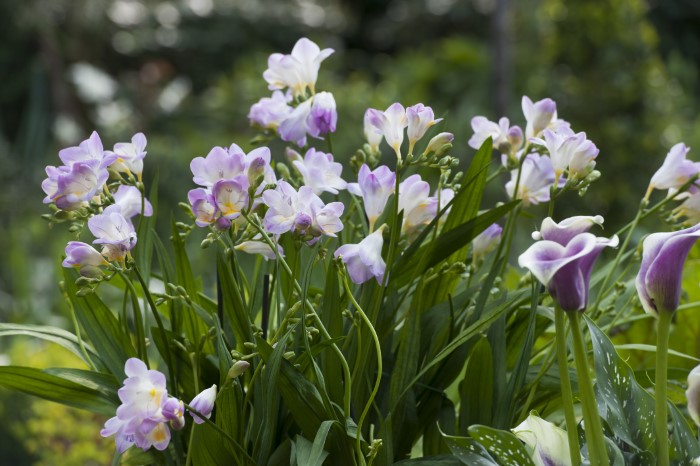
Freesias have quite a famous scent, known as one of the quintessential fragrant flowers often found in perfumes and other beauty products. The scent is refreshing and bright, with some citrus notes.
Freesias grow from a corm, coming in clusters. They bloom from June to September and come in all kinds of colours.
16. Jasmine (Jasminum spp.)
Zone 6-10
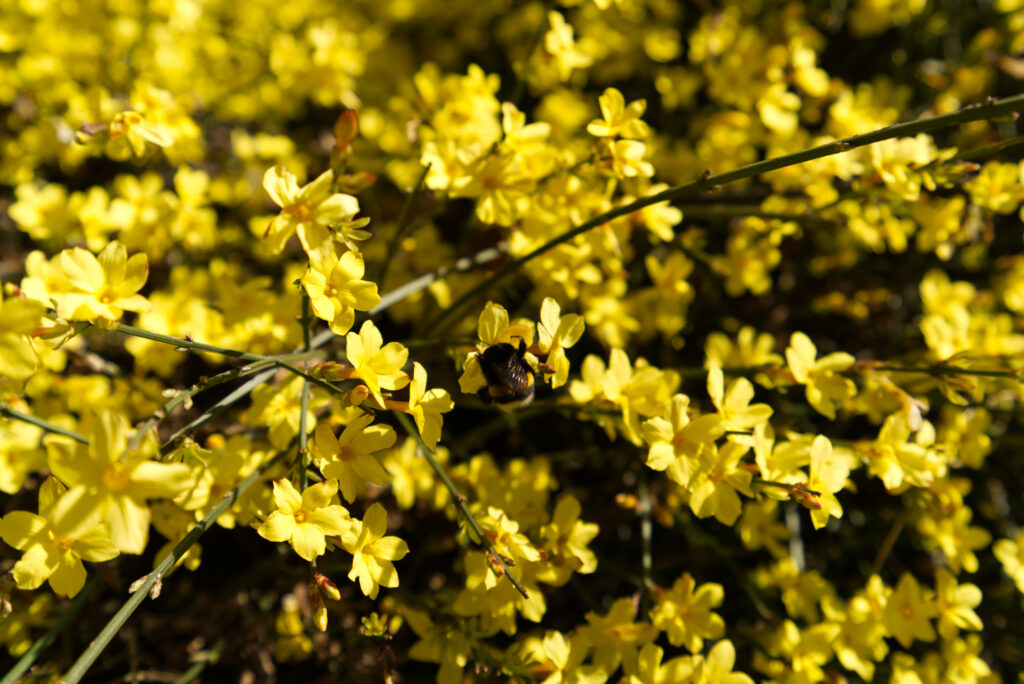
You can’t have a list of flowers that smell good without including Jasmine. The smell of Jasmine is often described as rich, sweet, and a hint sensual due to its hint of muskiness. The blend of femininity and musk makes it a unique combination, that’s for sure!
There are many different kinds of jasmine, and all will have a distinct and strong scent. Some are shrubs, while most are semi-tropical vines. Some choose to grow jasmine as houseplants as well.
17. Mock Orange (Philadelphus coronarius)
Zone 4-8
Many people love growing mock oranges as ornamental shrubs, especially in climates that can’t grow actual oranges. The white blossoms look just like orange blossoms and have a scent similar to jasmine.
Mock oranges bloom in late spring and early summer, where the large four-petaled flowers attract butterflies and other pollinators. The shrub can be planted alone or as a hedge for privacy.
18. Beach Spider Lily (Hymenocallis littoralis)
Zone 8-10
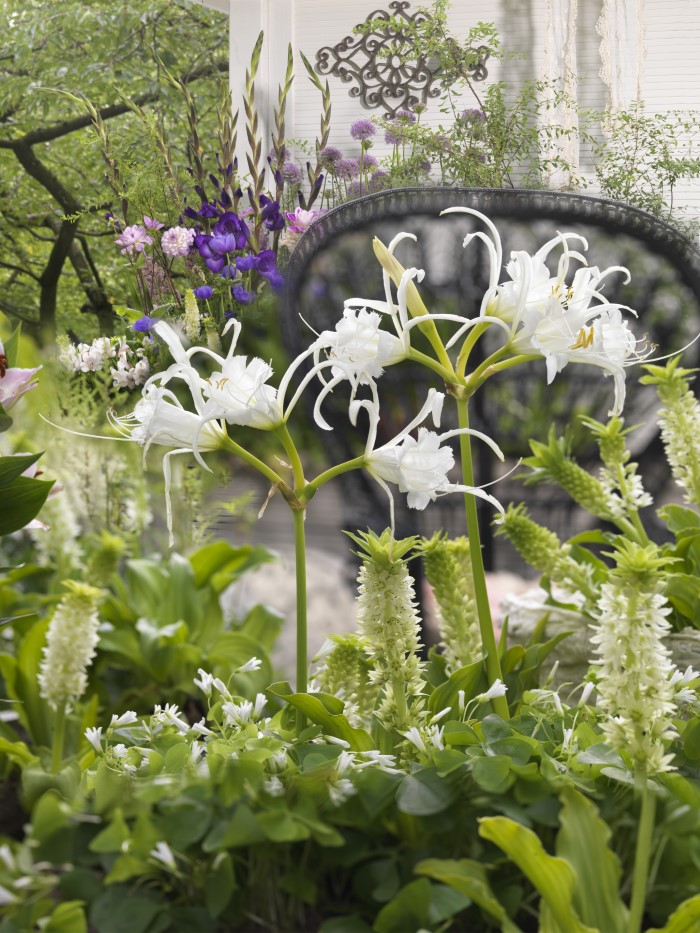
It’s no wonder where spider lilies get their name. While not a true lily, the flower also comes from a bulb. They bloom from mid-June to July and produce very fragrant white or yellow flowers with spidery tendrils. Meanwhile, their leaves appear similar to amaryllis as they’re in the same family.
19. Plumeria (Plumeria)
Zone 10-12
Plumeria always reminds me of Hawaii, as they’re the flower typically used to make leis. Imagine my surprise to learn that the small shrub actually is not native!
Just walking past a plumeria will fill your nose with the strong, sweet smell of the flower. If you’re lucky enough to live in a semi-tropical climate, I encourage you to grow plumeria because I can’t!
Plumeria flowers consist of five soft and rounded petals. The petals come in shades of white, yellow, and pink, often blending to a yellowy-orange center.
20. Honeysuckle (Lonicera spp.)
Zone 5-9

One of the best memories from my childhood is sipping on the sweet nectar from a honeysuckle flower. It blooms in the spring, and oftentimes, you smell it before you spot it. The strong scent is a combination of honey and citrus.
The vine blooms from late spring to early summer, and it’s a hummingbird favourite in my area. It will be deciduous in colder zones but can be evergreen in warmer regions.
It can take up to three years for your plant to produce flowers after planting. And once the flowers have finished blooming, the plant produces red berries in its place.
21. Tuberose (Polianthes tuberosa)
Zone 8-10
While the small white flowers may look similar to others, the fragrant flower is unmatched. The scent comes in similar to a gardenia, with floral, sweet, and a hint of spice behind the floral notes.
Because of its scent, the plant has become a popular ingredient in the perfume industry, though a bottle of essential oil from the tuberose can set you back a few hundred dollars.
Native to Mexico and Central America, tuberose like tropical climates. But you can grow them as summer annuals in colder climates.
22. Magnolia (Magnolia spp.)
Zones vary based on the magnolia variety.
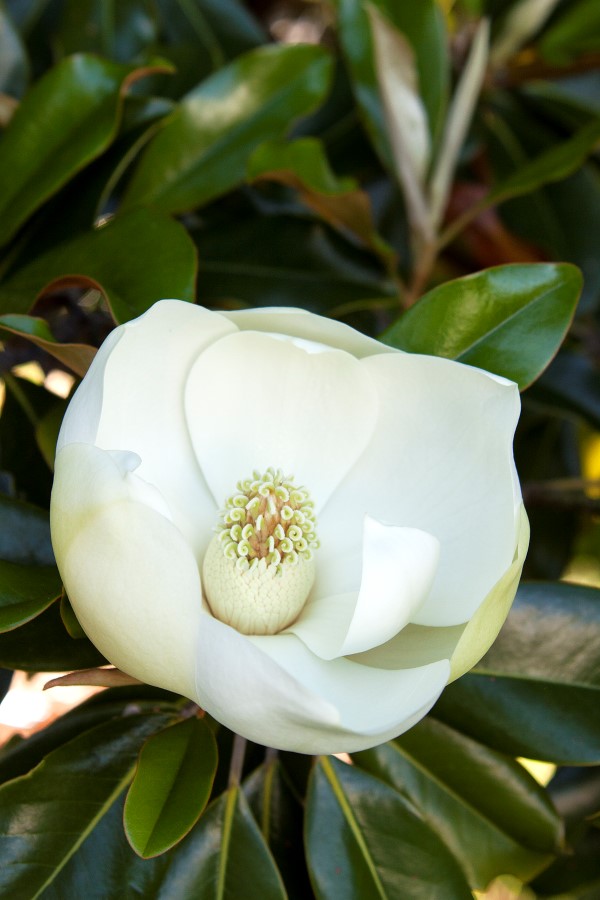
Magnolia trees are remarkable, blooming even before the leaves have emerged. I’m lucky enough to live where we have many different magnolia trees blooming in early spring.
Some magnolias will only have a mild scent, so make sure you’re choosing the right type of magnolia tree for flowers that smell good. Anise magnolia (Magnolia salicifolia) has a distinct anise lemon scent and white flowers. Southern magnolia trees (Magnolia grandiflora) have very large white flowers with a floral and citrusy scent.
Frequently Asked Questions About Fragrant Flowers
While it’s hard to crown the most fragrant flower, many on this list would definitely compete for the crown. The flowers most often used in perfumes and to scent other products would likely be considered as some of the top-scented flowers, including freesia, jasmine, rose, tuberose, lavender, and gardenia.
You want to look for cutting flowers, which are the kinds of plants that have a long vase life once you cut them from the garden. Some great options include:
– lilac
– rose
– lilies
– hyacinth
– lavender
– tuberose
– freesia
Enjoy your fragrant garden!
More Posts About Plants

